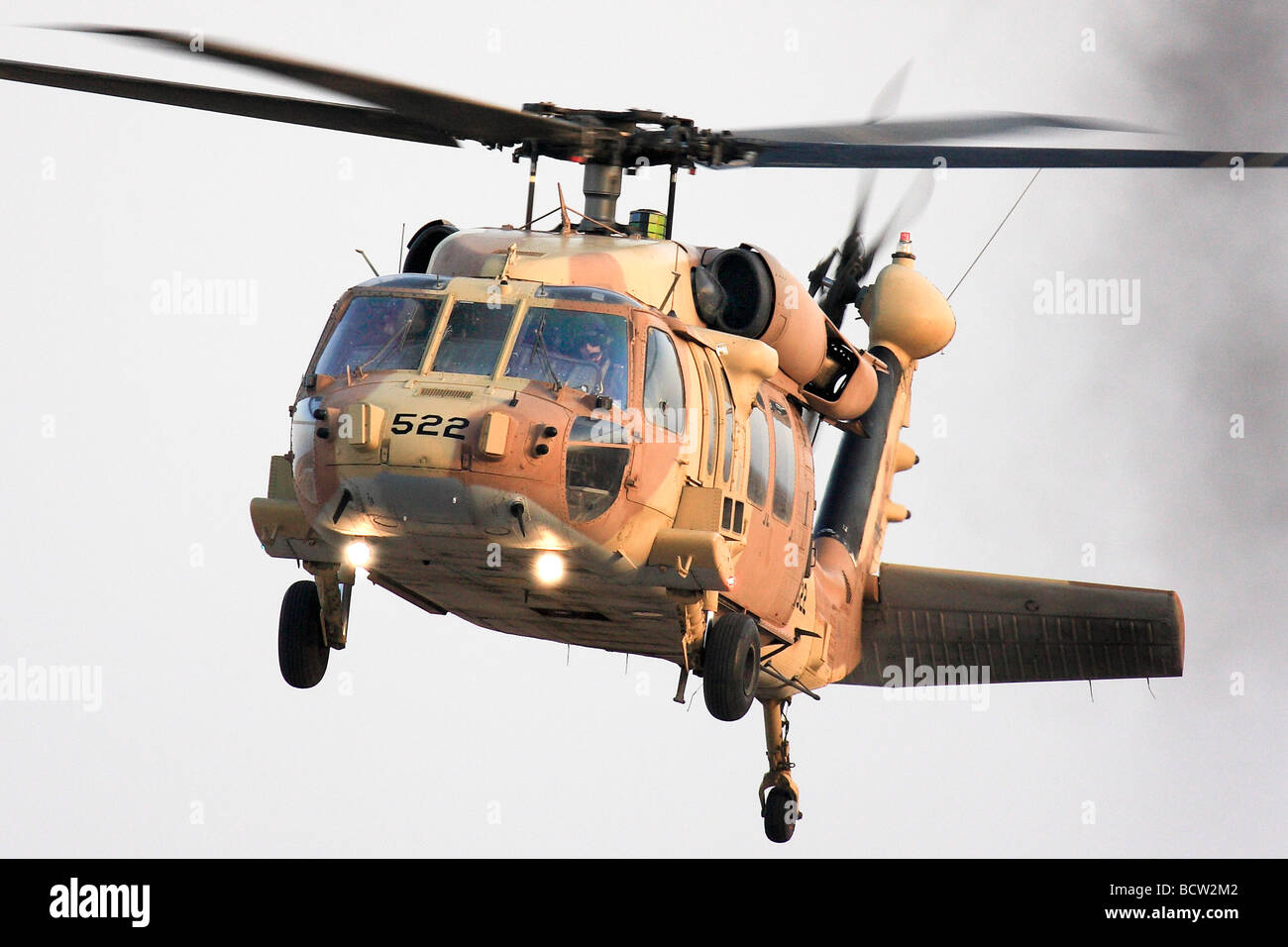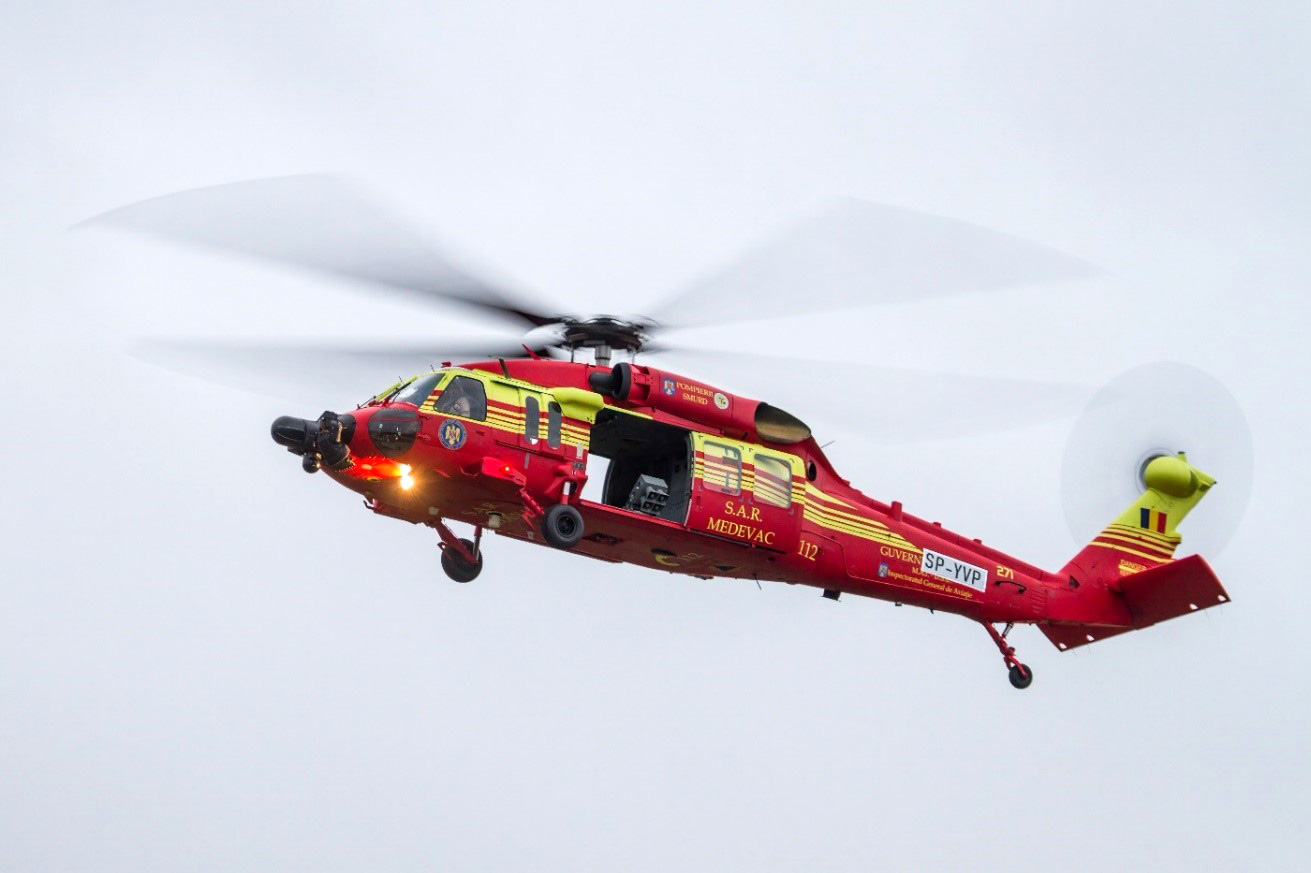A Take a look at the Sikorsky S 70's Role in Military and Civil Aviation
A Take a look at the Sikorsky S 70's Role in Military and Civil Aviation
Blog Article
High-Performance Multi-Role Rotorcraft Featuring Advanced Cabin Technologies and Integrated Sensing Unit Systems
The realm of rotorcraft innovation has seen noteworthy innovations in current times, especially in the realm of high-performance multi-role rotorcraft geared up with advanced cockpit technologies and flawlessly incorporated sensing unit systems. These innovations have not only enhanced the operational capacities of rotorcraft yet have actually also substantially affected contemporary aviation procedures on numerous fronts. From improved mission convenience to boosted operational performance, the merging of advanced cabin innovations and integrated sensing unit systems has ushered in a brand-new age of possibilities for rotorcraft applications. In the adhering to discussion, we will certainly check out the evolution of rotorcraft modern technology, dive into the world of advanced cockpit advancements, and analyze the implications of incorporated sensor systems on the operational convenience and effectiveness of modern rotorcraft.
Evolution of Rotorcraft Innovation
The advancement of rotorcraft modern technology has actually been marked by considerable developments in the rules of aerodynamics, products, and propulsion systems, shaping the abilities and efficiency of contemporary rotorcraft. Additionally, advancements in propulsion systems, consisting of a lot more powerful engines and innovative propulsion innovations, have made it possible for rotorcraft to attain higher altitudes, faster rates, and better payloads.
These advancements have not just changed the abilities of rotorcraft however have actually additionally broadened their applications across numerous markets, including army, industrial, and emergency solutions. The constant advancement of rotorcraft modern technology remains to drive development in the field, pressing the limits of what is possible and forming the future of upright trip.
Advanced Cabin Innovations
Building upon the foundational improvements in aerodynamics, materials, and propulsion systems, the realm of rotorcraft modern technology now shifts focus in the direction of pioneering Advanced Cockpit Innovations. The assimilation of sophisticated technologies within the cockpit atmosphere plays a crucial role in enhancing the operational capacities, safety and security, and efficiency of modern-day rotorcraft. sikorsky s 70. Advanced Cockpit Innovations include a vast range of attributes developed to give pilots with enhanced situational understanding, structured data administration, and instinctive control interfaces
Among the key innovations in cockpit style is the implementation of glass cabins, which replace conventional analog evaluates with high-resolution screens. These electronic systems use customizable designs, real-time information combination, and improved readability, allowing pilots to accessibility crucial information at a glimpse. In addition, advanced avionics systems, such as fly-by-wire controls and augmented fact displays, are changing just how pilots connect with the aircraft, permitting accurate control and improved decision-making capacities.


Integrating advanced cockpit developments not just improves pilot efficiency however also adds to general mission performance and security in complex functional environments. By leveraging state-of-the-art innovations within the cockpit, rotorcraft suppliers are setting brand-new criteria for operational quality and mission success.
Integrated Sensing Unit Systems
With the advancement of rotorcraft innovation, the integration of sophisticated Integrated Sensor Equipment has come to be extremely important in improving operational efficiency and safety and security. These Integrated Sensor Equipments encompass a vast variety of technologies that give essential information for different functions such as navigating, surveillance, targeting, and ecological monitoring. By flawlessly integrating sensing units like radars, cams, lidar, and infrared systems into rotorcraft, drivers can profit from improved situational recognition, enhanced mission capacities, and minimized pilot work.
One secret benefit of Integrated Sensor Solutions is their capability to collect real-time data and supply workable understandings to pilots and mission operators. Advanced radar systems can discover and track targets over long ranges, permitting for early danger discovery and efficient feedback planning. Additionally, incorporating infrared and electro-optical electronic cameras enables rotorcraft to conduct reconnaissance and monitoring goals with accuracy and precision.
In essence, the integration of innovative sensing unit innovations right into rotorcraft not only boosts functional efficiency yet additionally contributes dramatically to general objective success and team safety and security. As rotorcraft remain to evolve, the role of Integrated Sensor Systems will undoubtedly stay at the leading edge of development in the aerospace market.
Functional Adaptability and Efficiency
Enhancing functional versatility and effectiveness in rotorcraft is a natural progression from the combination of sophisticated Integrated Sensing unit Equipments. By leveraging the understandings and information supplied by these innovative sensing unit systems, rotorcraft can enhance their performance throughout numerous objectives and environments.
Operational flexibility incorporates the capability of rotorcraft to adjust to various functions and situations effectively. With advanced cabin innovations and incorporated sensor systems, rotorcraft can perfectly shift between jobs such as search and rescue, medical discharge, monitoring, and much more. This flexibility boosts the rotorcraft's capability to fulfill varied operational needs without needing considerable reconfiguration.
Effectiveness in rotorcraft procedures is vital for making best use of mission effectiveness and source use. Integrated sensing unit systems play site here a critical duty discover this in enhancing operational effectiveness by providing real-time data on climate condition, surface mapping, target tracking, and more. This information makes it possible for pilots to make educated decisions promptly, maximize trip courses, preserve fuel, and boost total goal performance.
Influence On Modern Aeronautics Workflow

Moreover, the integration of sophisticated sensors facilitates enhanced objective preparation and implementation, allowing rotorcraft to execute a wide variety of tasks with boosted precision. From search and rescue operations to aerial firefighting and police goals, the abilities of contemporary rotorcraft equipped with sophisticated cabin innovations and incorporated sensing unit systems are unparalleled.
Furthermore, the impact of these improvements extends beyond operational efficiency to cost-effectiveness and sustainability. By enhancing trip routes, gas consumption, and maintenance timetables, high-performance rotorcraft geared up with sophisticated cockpit innovations and sensing units add to reducing functional prices and ecological impact, making them indispensable possessions in contemporary aviation procedures.
Conclusion
In verdict, the high-performance multi-role rotorcraft with sophisticated cockpit modern technologies and integrated sensing unit systems stands for a substantial evolution in aeronautics innovation. These innovations enhance operational convenience and performance, inevitably affecting modern air travel procedures in a positive way. The integration of these advanced innovations permits boosted capabilities and performance in different mission circumstances, showcasing the proceeded innovation of rotorcraft innovation in the air travel industry.
The world of rotorcraft modern technology has seen significant developments in current times, especially in the realm of high-performance multi-role rotorcraft equipped with sophisticated cockpit technologies and effortlessly integrated sensing unit systems. From improved mission adaptability to boosted operational performance, the convergence of sophisticated cabin modern technologies and integrated sensor systems has ushered in a official site new period of opportunities for rotorcraft applications. In the following conversation, we will discover the evolution of rotorcraft modern technology, delve right into the realm of innovative cabin technologies, and check out the effects of incorporated sensing unit systems on the operational versatility and performance of contemporary rotorcraft.

Report this page